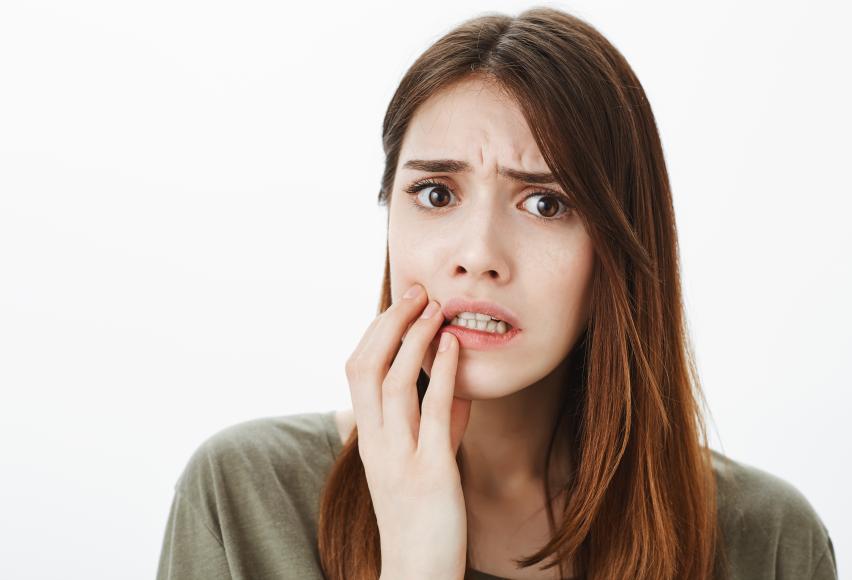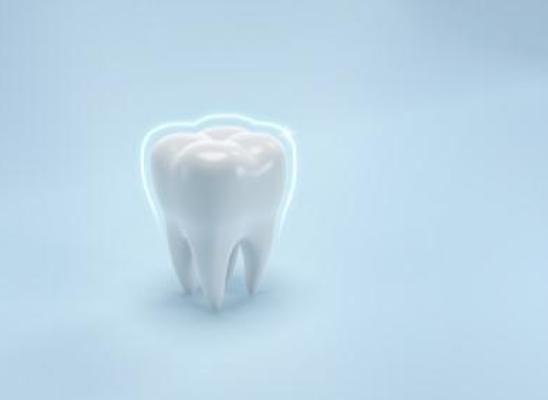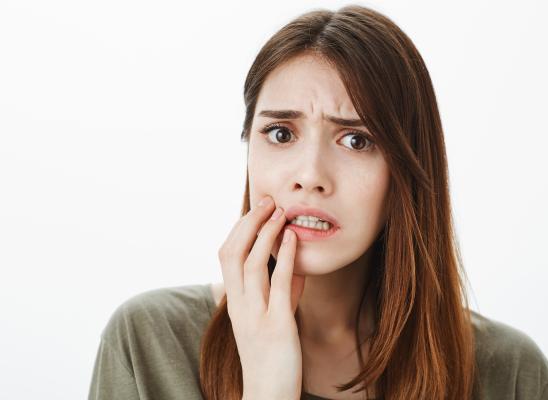Understanding The Cycle of Shame

Online test
Find out the severity of your symptoms with this free online test
Who hasn’t picked a little too long at a scab or squeezed a blemish just a little too hard? Little tell-tale signs give it away. You’re left feeling a little embarrassed and maybe even ashamed because others can see the results of your picking. You were just trying to remove a bothersome piece of skin, not disfigure or harm yourself. For most people the embarrassment of the moment passes, the wound heals, and the memory of it fades.
For people living with dermatillomania or skin picking disorder (SPD), the picking becomes an overwhelming compulsion that disrupts their lives. Skin picking tends to be a solitary act, but the impacts are often hard to disguise. People who pick often express feeling shame and embarrassment, sometimes even disgust with their appearance which can keep them from connecting with family and friends. They worry about what others will think of them. They fear that they’ll ask questions or judge them. This fear can also impede asking for help.
We know people with skin picking disorder experience some of these feelings because they mention them in forums and on questionnaires and during treatment. What we don’t know is just what those thoughts and feelings mean for them. What is the personal experience of picking and how does it align with the behavior of picking?
As with other body-focused repetitive behaviors, like trichotillomania, researchers have studied SPD and how it manifests. It is a disorder that is still not well-understood. It’s currently classified as an Obsessive Compulsive related disorder in the Diagnostic and Statistical Manual 5th Edition (DSM5) as a body focused repetitive disorder (BFRB), but some argue that SPD and BFRBs might be more closely related to a behavioral addiction or even a stereotypic movement disorder.
Most research has been quantitative and based on some measurement of the skin picking behavior. One of the concerns often voiced is that missing from the literature is qualitative data – information about the experience of skin picking. Behavior is more than just the act. Behavior also holds meaning. Anecdotally, people with skin picking disorder often describe feelings of shame and guilt about picking. They often report feeling self-conscious or even disgusted by their skin and their picking. What does that mean and what role does the subjective experience play in their skin picking?
Using a qualitative approach, a recent study took a closer look at the role of shame and disgust (self-consciousness) in the experiences of people with skin picking disorder.
The Experience of Skin Picking
Not surprising, and in keeping with what is known about skin picking disorder, the information gathered reflected the heterogeneity of skin picking disorder. While there were commonalities, personal experiences were quite varied.
Many participants described an association between their picking and boredom, anxiety, and stress. Stress and anxiety in particular seemed to be significant triggers that created “peak periods” of picking.
Others described experiencing overwhelming urges to pick despite wanting to resist. Decreased awareness and trance-like picking were reported.
Analysis of the responses revealed three predominant themes, highlighting the shame and disgust (self-consciousness) that often results.
Get Out of My Skin
Responses revealed an “absolute disgust” for any bump, blemish or skin imperfection. The picking was seemingly the result of the need to remove or correct the offending imperfection. There was little motivation to intentionally injure the skin. When it was injured, the damage was viewed as collateral damage resulting from the need to remove the bothersome area.
The language respondents used to describe their behavior was noted to be aggressive. The process was often described as a kind of battle that had to be won. The researchers speculated that this view of “me vs. it” suggests a separation between self and the skin blemish, spurring the need for a targeted attack on the skin.
I Am Shameful
Responses revealed a general experience of shame. This shame was evident in the reluctance of some respondents to share their experiences. Others expressed gratitude for having an opportunity to share their “secret”.
Respondents also expressed disgust at the picking behavior. Some also focused on their inability to stop and the self-inflicted injury. The idea that “something is wrong with me” was prominent. This idea extended beyond the behavior of picking to a more global perception of personal fault or flaw.
No One Must Ever See
This need to hide their skin picking was by far the most evident psychosocial impairment revealed. People who pick often go to great lengths to hide their skin picking, even from their partners. Careful concealment and avoidance of potentially revealing situations are common. In fact, many reported complete avoidance and reluctance to leave home.
Not surprisingly, this avoidance had negative effects on both social relationships and on personal emotional well-being. Canceled plans, calling off work, and missing milestone events were common avoidance behaviors. There were also hints that this avoidance and shame might affect recovery. Revealing their skin damage or asking for help can be daunting. Avoidance and its consequences contributed to a sense of regret and feelings of shame and personal weakness.
Putting It Together
Shame has been mentioned in previous research and anecdotally. This study’s findings illuminate the many variations of shame and its role in skin picking.
The study authors suggest that these findings may support the idea of a shame cycle that perpetuates the picking behavior. The shame of picking may act as a trigger for more picking. The idea of a shame cycle has been mentioned in other research related to obsessive compulsive related disorders.
Because shame can be a barrier to seeking help, the study authors suggest that online treatment or structured programs might be more appealing to people with SPD. Not having to be face-to-face with a therapist may alleviate some of the fear of revealing their picking.
Treatment for SPD and other BFRBs generally consists of behavioral or pharmacological interventions that do not directly address emotional experiences. The shame cycle described in this study suggests that there is a need for emotionally informed treatment interventions that can increase disgust tolerance, promote understanding and self-acceptance, and reduce avoidance behaviors.
While more research is needed, qualitative studies like this one are important. Giving voice to the experiences of those living with SPD and other BFRBs reveals the subjective experience and how it might relate to picking behavior. The more we learn about the emotional experience of SPD, the more information we have to create effective, person-focused treatments. These are the voices of hope.
References
1. Brian L. Odlaug & Jon E. Grant (2010) Pathologic Skin Picking, The American Journal of Drug and Alcohol Abuse, 36:5, 296-303, DOI: 10.3109/00952991003747543
2. Stein, D. J., Flessner, C. A., Franklin, M., Keuthen, N. J., Lochner, C., & Woods, D. W. (2008). Is trichotillomania a stereotypic movement disorder? An analysis of body-focused repetitive behaviors in people with hair-pulling. Annals of clinical psychiatry : official journal of the American Academy of Clinical Psychiatrists, 20(4), 194–198. https://doi.org/10.1080/10401230802435625
3. Anderson, S., & Clarke, V. (2017). Disgust, shame and the psychosocial impact of skin picking: Evidence from an online support forum. Journal of Health Psychology, 24(13), 1773-1784. https://pubmed.ncbi.nlm.nih.gov/28810443/
4. Anderson, S. (2021). The Problem with Picking: Permittance, Escape and Shame in Problematic Skin Picking (Doctoral dissertation, University of the West of England). (2021). Retrieved from https://uwe-repository.worktribe.com/preview/8675330/The%20Problem%20with%20Picking%20-%20Full%20thesis_%20with%20Appendix%206%20redacted.pdf
5. Weingarden, H., & Renshaw, K. D. (2015). Shame in the obsessive compulsive related disorders: a conceptual review. Journal of affective disorders, 171, 74–84. https://doi.org/10.1016/j.jad.2014.09.010
Online test
Find out the severity of your symptoms with this free online test
Start your journey with SkinPick
Take control of your life and find freedom from skin picking through professional therapy and evidence-based behavioral techniques.
Start Now



